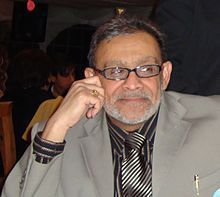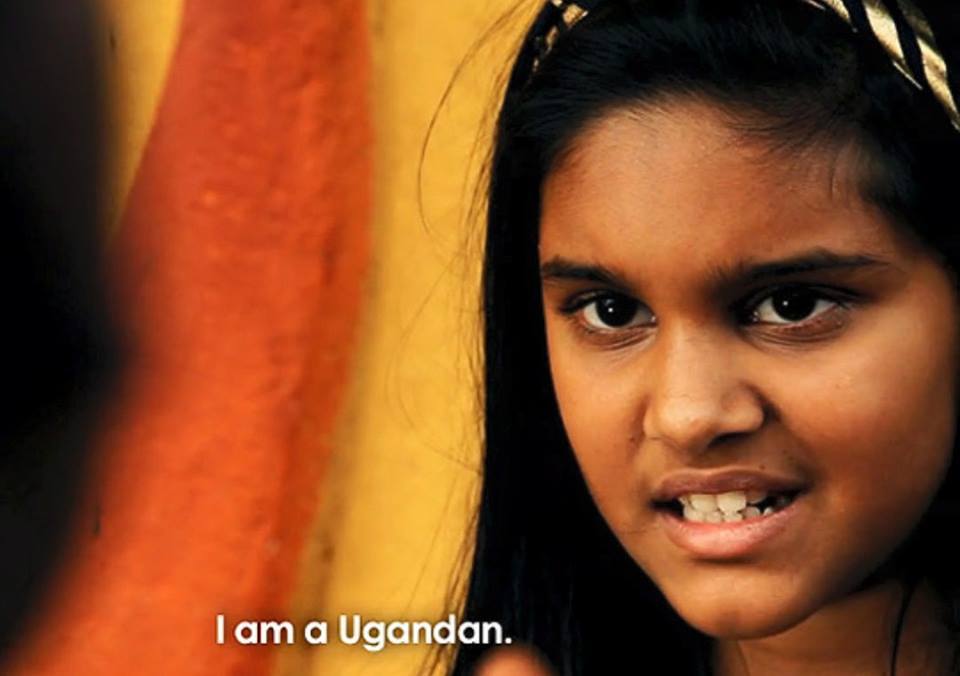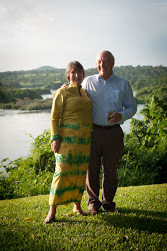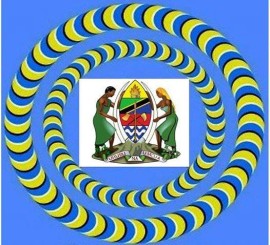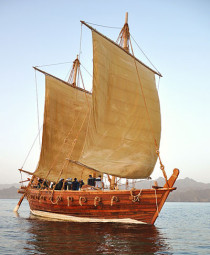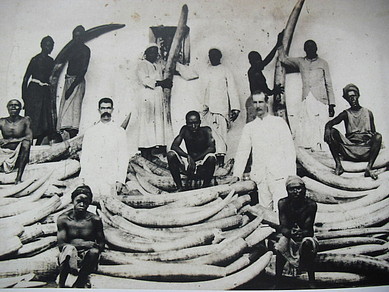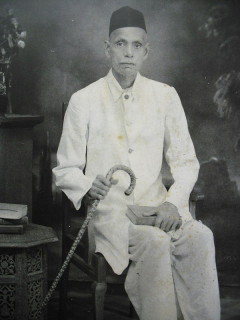Aga Khan School, Kampala, Uganda
Aga Khan School Kampala
Collection of School photos from Aga Khan School Kampala, Uganda
http://www3.telus.net/fordev/aga_khan_secondary_and_primary_school.htm
The 7 Rare Images of Jamat khanas in Uganda
https://ismailimail.wordpress.com/2017/12/29/the-7-rare-images-of-jamatkhanas-in-uganda/
Click on Photo
Azim P H Somani
Azim Pyarali Hussein Somani (born 8 October 1955) is a critically acclaimed author and founder of APHS Group.[clarify] Somani arrived in the United Kingdom in October 1972 as a refugee following the expulsion of Ugandan Asians by Idi Amin.[1]
Cont:
http://en.wikipedia.org/wiki/Azim_P_H_Somani
Please enjoy my videos...
http://www.youtube.com/user/DrAPHSomani
The road that carries memories for Kampala
http://www.newvision.co.ug/news/643860-the-road-that-carries-memories-for-kampala.html
Jinja City Uganda
@jinjacity
The Rippon Falls. Did you know that John Speke initially thought Rippon Falls was the source of the Nile when he stumbled upon it in 1862 ? Before it was submerged in 1954, the Rippon Falls were the most spectacular water falls in Jinja.
Ripon Falls at the northern end of Lake Victoria in Uganda was formerly considered the source of the river Nile. In 1862–3 John Hanning Speke was the first European to follow the course of the Nile downstream after discovering the falls that his intuition had marked as the source
The water from Ripon Falls falls into a narrow opening and that is where some people believe the River Nile starts. He named the falls after George Robinson, 1st Marquess of Ripon, who was President of the Royal Geographical Society during 1859–60.
The Falls area natural outlet for L. Vic. until in 1954 the construction of Owen Falls Dam was completed, effectively extending L. Victoria and submerging the Falls. The beautiful site was forever lost except for a few black & white photos.
Jinja Railway Bridge
Jinja Bridge
The first railway in Uganda ran from Jinja to Namasagali on the Victoria Nile where a steamer service ran on to Masindi Port. From there passengers travelled by road through Masindi to Butiaba on Lake Albert from thence they could travel on by steamer to the then Belgian Congo or north to Juba in the Sudan.
Train passengers from Kenya reached Uganda by steamer from the railhead at Kisumu and across Lake Victoria to Entebbe or Port Bell. In the mid 1920s the main line in Kenya was extended from Nakuru through Eldoret, and Tororo to Mbulamuti where it met up with the original Jinja to Namasagali line. The new line to Kampala then crossed the Nile at Jinja by a bridge carrying both the railway and a roadway underneath.
Ramsay Nicholson with the assistance of his younger brother Pearce Nicholson was responsible for supervising the construction of the bridge in 1926 and the following historic photographs were copied from the family photograph album in 2010 and kindly supplied by Gwen Smart - nee Nicholson.
http://www.mccrow.org.uk/eastafrica/eastafricanrailways/KURJinjaBridge.htm
The railway extension began on January 1, 1929, and the
bridge was opened for traffic on January 14, 1931. The single spandrel-
The bridge carries a single line of metre gauge track at approximately 69 ft above flood-
As the river bank at the Jinja end of the bridge is but a few feet above high-
A tall masonry pier was thus necessary to support the shore end of the 100-
Unenlightened townsfolk of Jinja may have viewed with indignation the new bridge which the engineers began to put up when they first
arrived.
But this was only a temporary footbridge erected to provide easy communication between the two river banks during the construction of the main bridge; the swirling waters made the use of boats
dangerous. The cost of the Jinja rail and road bridge came to approximately £70,000.
The Owen Falls
The Owen dam sits across the Nile River between the town of Jinja, in Jinja District and the town of Njeru in Buikwe District,between 1951 and 1954 (the construction time of the Dam)
http://www.monitor.co.ug/artsculture/Travel/-/691238/1361126/-/nmrrvs/-/index.html
Owen falls dam: Powering Uganda for five decades
http://www.newvision.co.ug/news/628782-owen-falls-dam--powering-uganda-for-five-decades.html
Owen Falls Dam: Bring back British engineers
Posted Friday, January 6, 2012 | by- Kavuma-Kaggwa
http://mobile.monitor.co.ug/-/691260/1300546/-/format/xhtml/-/1592sin/-/index.html
HM Queen Elizabeth II in Uganda, 1954
https://www.rct.uk/collection/2003238/hm-queen-elizabeth-ii-in-uganda-1954
Uganda
Identification. Lake Kyoga serves as a rough boundary between Bantu speakers in the south and Nilotic and Central Sudanic language speakers in the north. Despite the division between north and south in political affairs, this linguistic boundary actually runs roughly from northwest to southeast, near the course of the Nile. However, many Ugandans live among people who speak different languages, especially in rural areas. Some sources describe regional variation in terms of physical characteristics, clothing, bodily adornment, and mannerisms, but others claim that those differences are disappearing.
Read more: http://www.everyculture.com/To-Z/Uganda.html#ixzz3XYhzHBtx
"I am Ugandan" they said it then, they say it now. In America, in UK they say "I am a Ugandan Asian." its the only home they know.
We are always so quick to say Africa belongs to a black man, the question is who is the black man? Is he the one who has a dark skin or is he just anybody who is not white?
Publication1.pdfUganda b.pdf
Adobe Acrobat document [101.1 KB]
The Ritchies in Uganda (BLOG)
http://ritchiesinuganda.blogspot.co.uk/2012/08/the-asian-community-in-uganda-then-and.html



